There’s more to Sta. Clara than just eggs and good weather
Msgr. Claro Matt Garcia often gets chided that he must receive a lot of eggs at his parish. That’s because when one prays for good weather, the tradition is to offer eggs to Sta. Clara.
“Actually (the eggs are offered to) Sta. Clara de Assisi in Quezon City, but to our surprise, people bring their eggs here,” says Msgr. Matt. “But it works. They were granted good weather. I guess it’s because we make sure their offerings are mentioned in our Holy Mass.”
Why eggs? He explains, “Clara means ‘bright’ and ‘clear.’ In the context of the Spanish language, it may refer to the albumen of an egg.” Bright and clear—like transparent egg whites.
Aptly, this is all told by a priest of the same name: Claro.
The parish
A year-long celebration is how parishioners of Santa Clara de Montefalco gave thanks for its 160 years of existence. The year closed last Aug. 17, with the commemoration of its 161st anniversary.
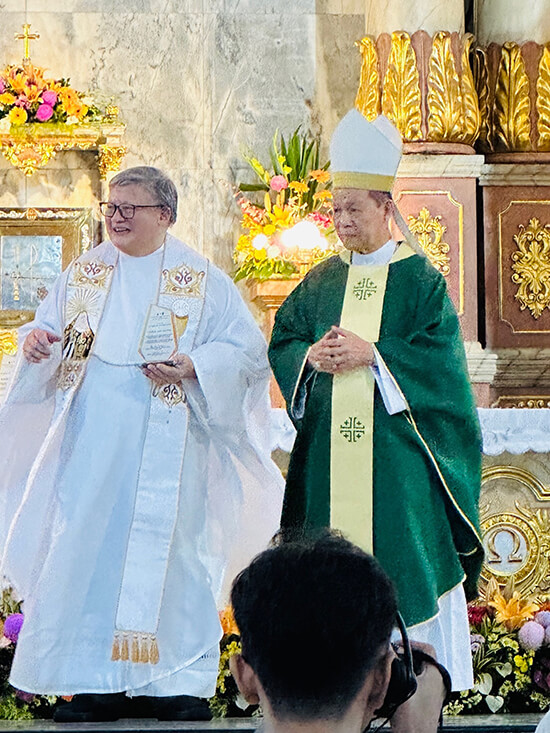
The parish is the beating heart of Pasay. Located at 2360 P. Burgos Street, it is the city’s first parish established in 1864.
Communities in Pineda (the old name of Pasay) had long desired a nearby church as the faithful had to make the long trek to attend Mass in Malate.
When Pineda was granted municipal status, it was allowed to establish its own parish. An Augustinian, Fray Simon Barroso, was its first parish priest.
The patroness
In the years of establishing the parish, the Italian nun Clara de Montefalco was already beatified, her canonization being greatly anticipated.
Born into privilege, Clara and her sister Joan sought to live a monastic life. Their father built them a monastery which the Bishop of Spoleto established according to the rule of Saint Augustine, and other sisters joined them.
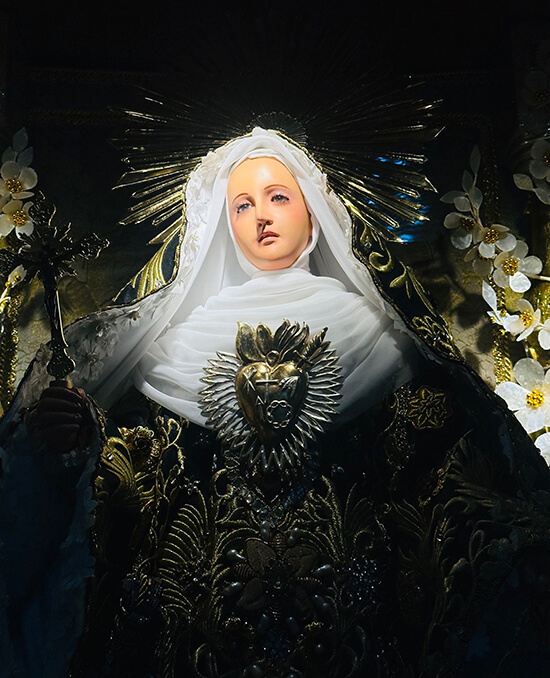
On the Feast of the Epiphany in 1294, Clare fell into a state of ecstasy for weeks. In her visions, the Lord carried his heavy cross. Seeking a place to plant it, he found a place suitable in her heart: “Receive it and allow it to take root.”
Balancing holiness with practical wisdom, she performed exorcisms and healings, prophesied future events, raised the dead, and brokered peace among warring enemies.
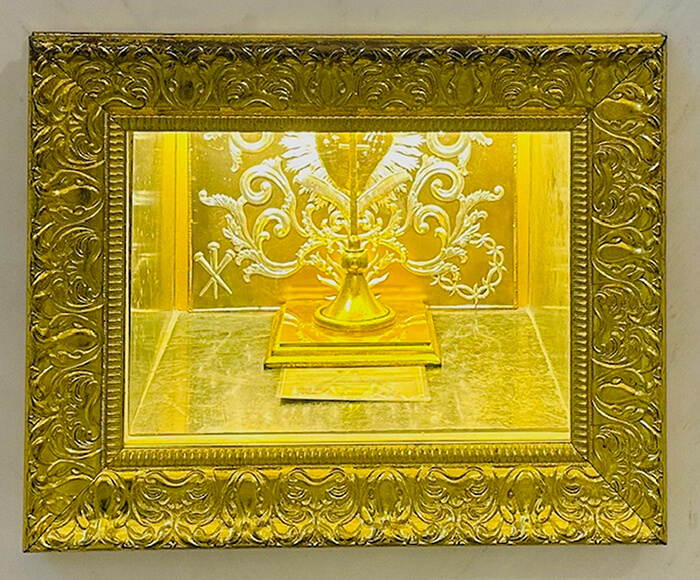
After her death on Aug. 18,1308, her heart was examined. The mark of Christ’s crucifix, three nails, crown of thorns, and scourge were found there. A commission of investigating physicians, jurists and theologians concluded that no fabrication was committed.
She is the patron of those with heart diseases. Her incorrupt heart is displayed for veneration at the Basilica of Montefalco, Italy. A relic of her bone rests within the altar table at the parish in Pasay, visible through an illuminated window.
The church
In 1811, a chapel of nipa was built by the locals. By 1877, a fire caused it to be replaced by a church of stone, metal roofing and wide wooden planks for floors.
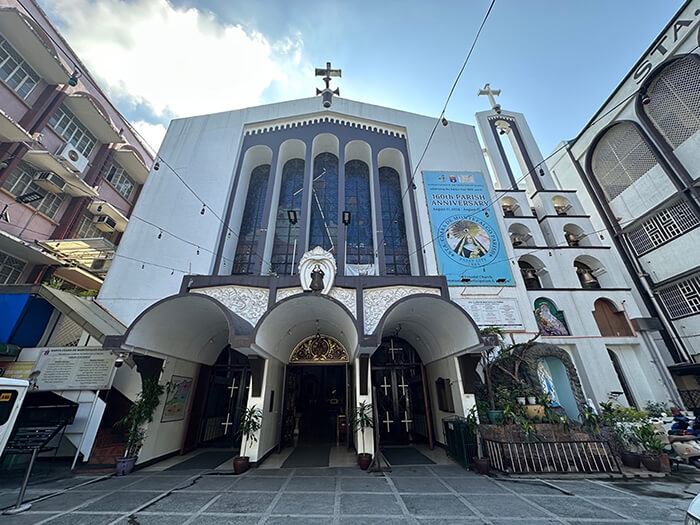
From 1890 to 1940, a new church was built in its place, adapting to their current needs. This church was also later demolished. A new construction began in 1959, perhaps due to disrepair and to accommodate a greater number of churchgoers.
For the past three years, it underwent a monumental overhaul: modernizing electricals, providing spacious parish halls and updating the church altar to Vatican II specifications. The work is not over for Msgr. Matt—a next phase will address more concerns.
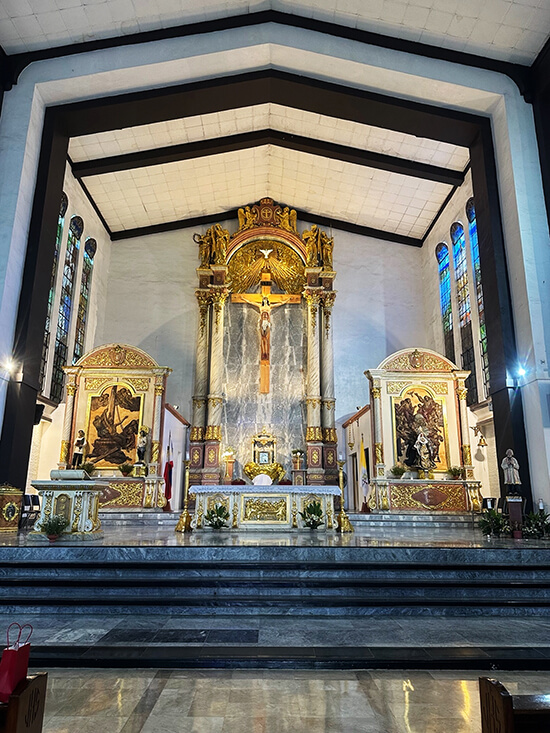
Unique to the parish is the archives established in 2015 by Fr. Nick Blanquino. Discreetly tucked in the choir loft, it is a three-story structure housing memorabilia, archival records and photos on the church’s history.
The community
The numbers astound. The church accommodates up to 1,200 Mass-goers at any one time. There are 36 active ministries and sub-ministries, and 15 organizations, all of which have populous memberships. There are 49 eucharistic ministers, 74 altar servers, 75 collectors, 40 lectors, 10 choirs of 215 members and seven mother butlers—all of whom serve so spiritedly that one might mistake a regular Sunday Mass for a fiesta Mass. Fifty-three basic ecclesial community units serve the 51 barangays.
Those witnessing their devotions and processions would be awed at the number of people involved—how much love, cooperation and creativity are expended at these religious events and celebrations.
Under the care of the parish priest, himself a very hard-working, encouraging and inclusive shepherd, he relates how parishioners are generous with their time, talent and treasure. There is always someone God sends to fill every need that arises.
Msgr. Matt is also Episcopal Vicar for guest priests whom he often accommodates in the parish convent. It is a blessing that within his community there are six of his brother priests with whom he shares moral and spiritual support, as well as ministry work: Fr. Nick Blanquisco, Fr. Archie Perez, SS.CC, Fr. Leo Casas, Fr. Subrata Costa from Bangladesh, Fr. Shyson Poruthoor from India and Fr. Boy Biliran.
At the close of the 160 years, it really is quite moving to experience the many sectors—from the market vendors, to those in public service, the members of the clergy and the parishioners—united in the love of their patroness, St. Clare, and the church that has brought them together.
Beyond the physical structure that may change with the needs of the times, the Church remains alive and constant in its grateful people.


